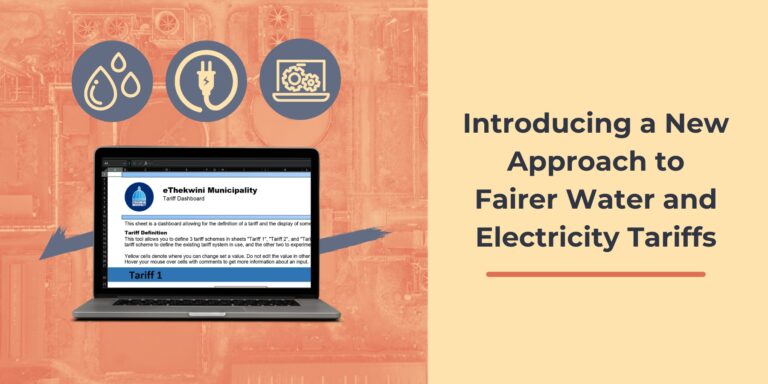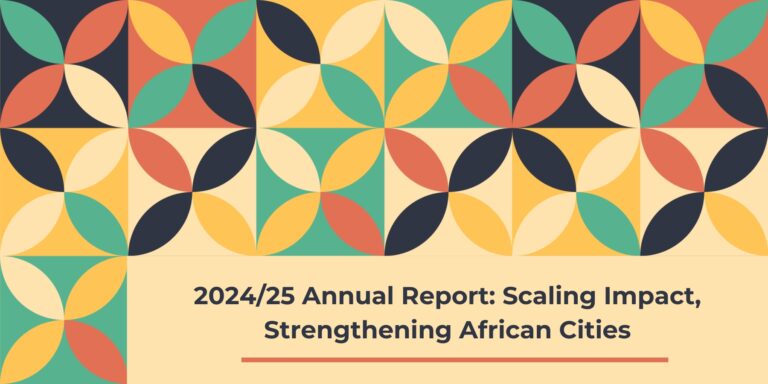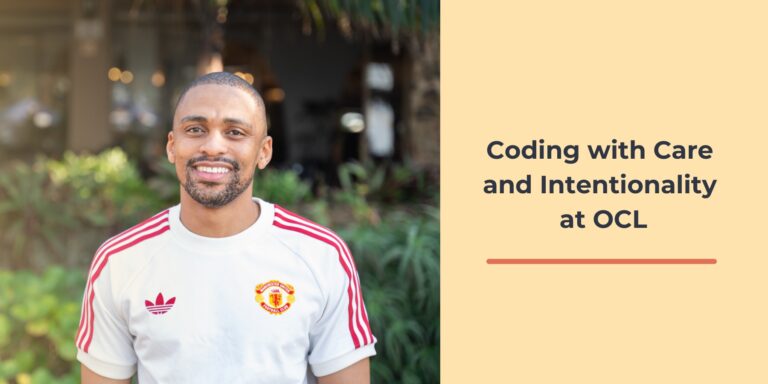
The Reality of Urban Design
This is a reality that many people in Nairobi (and many other African cities) face on a daily basis. These cities are designed for the upper middle class, who can afford vehicles. For pedestrians and public transport users, simple errands in the city require careful planning to account for danger, frustration and aggression.
Hostile urban environments negatively impact behaviour, pushing people from thriving to merely surviving. For example, women (especially those who are caregivers) often need to run multiple errands daily. Women with low levels of income may rely on walking or public transport, but inadequate sidewalks make walking dangerous, and poor public transport increases the risk of harassment. This forces women and gender-diverse groups to follow strict mobility schedules. Additionally, public transportation, in particular, is a common space for sexual assault by strangers.
Urban Design as a Socio-Political Practice
Examples like these illustrate how urban design becomes a socio-political practice – it shapes social histories, as well as the current (and future) realities of people and communities. Unfortunately, marginalised communities have the least say in the design of our urban spaces. If artisans, hawkers, students, persons with disabilities or market women were involved in making these decisions, they may take into account:
- Planting more trees
- Cleaning up trading areas
- Access to affordable food and housing
- Bicycle lanes
- Better public transport
- And, of course, sidewalks!
These are all parts of urban design that could help people navigate and operate (live, learn, play and be) within city spaces more easily. Our urban spaces would be less violent to us, while nurturing, healing and empowering our communities.
Embedding Gender Equality and Social Inclusion (GESI)
Marginalities are created and reinforced through urban design choices and arrangements, even in well-meaning urban projects. Both the major and micro forms of inequality found in urban spaces establish and reinforce divides across class, race, disability, gender, sexuality, age and educational background.
This is what gender equality and social inclusion (GESI) embedded into technology design aims to achieve. Design justice teaches us to centre the voices of those who are directly impacted by the design outcomes, promoting community involvement, accountability, and non-exploitative solutions. In building fair and inclusive spaces, we should always begin by contextualising some of the existing principles to local realities, and look carefully at the design teams’ ways of working.
Prioritising GESI in Urban Development
In partnership with the Foreign Commonwealth & Development Office (FCDO), Open Cities Lab launched a three-year programme to institutionalise a data-driven culture and evidence-based decision-making in African cities. In our first year, we’ve navigated the complexity of programme inception, initiated six use cases, and delivered data strategy interventions in two cities. Our efforts aim to open datasets and empower cities and citizens to utilise data and digital tools for better decision-making – including Embedding Gender Equality and Social Inclusion in Urban Development. This programme represents a series of targeted interventions designed to deliver substantial and lasting impact within the South African urban ecosystem for improved service delivery.
From the beginning of the Urban Resilience Programme we made sure to embed GESI into use case processes and practices as a matter of utmost priority. The fundamental approach we have adopted is to examine whose goals are being prioritised at any given period or for any project. We aim to shift these priorities from focusing on project outcomes to centering the most impacted communities of the spaces. However, this shift cannot only happen at the level of design teams, but with the city officials and other key stakeholders.
In order to do this, in our first year of the Programme we conducted a series of educational engagements with both the design team and the city representatives. These capacity-building interactions aimed to change the teams’ implementation methods and examine power tensions between communities, designers, and city officials. In one use case, a city department aimed to improve note-taking and tracking deliverables for council members. While this goal prioritises efficiency, as noted by D’Ignazio and Klein, it overlooks the costs and benefits for communities.
By engaging with city officials and teams, we mapped out the tool’s public benefits, its impact on residents’ lives, actions marginalised residents can take with access to council decisions, and potential risks to minoritized communities. It is GESI in action – designing the future of South African cities to empower and include.
While capacity-building fosters reflexivity among stakeholders, it doesn’t ensure accountability. It often remains a ‘nice to have’ where teams claim awareness without implementing participatory, community-centred methods. Awareness alone doesn’t lead to action on risks and inequalities. However, awareness does lay the foundation for integrating actionable practices at every step of a use case process in urban design. GESI ensures key steps are not skipped, incorporating reflexivity, community participation, accountability, and accessibility. The goal is to contextualise decisions and strategies with the help of the communities they are working with.
Vision for Social Change
Our vision is that these steps and processes will ultimately lead to social change that improves the lives of these communities within the urban spaces. The processes mentioned in our Urban Resilience Programme are still in the early stages of implementation and community engagements – so there is still a lot to be learnt. Our work revolves around balancing community-driven interventions with the willingness of data and design teams to embrace a slower, and costlier problem-solving approach. It involves strategising to accommodate the fluidity of human lives, allowing for improvements or adjustments post-implementation instead of focusing on the possible disruptions it could cause.
We encourage others in the urban design space to adopt similar approaches and welcome any discussions or collaborations to further this important work. If you are interested in learning more or wish to continue the conversation, please reach out to us at hello@opencitieslab.org. Together, we can create more inclusive and responsive urban environments.



